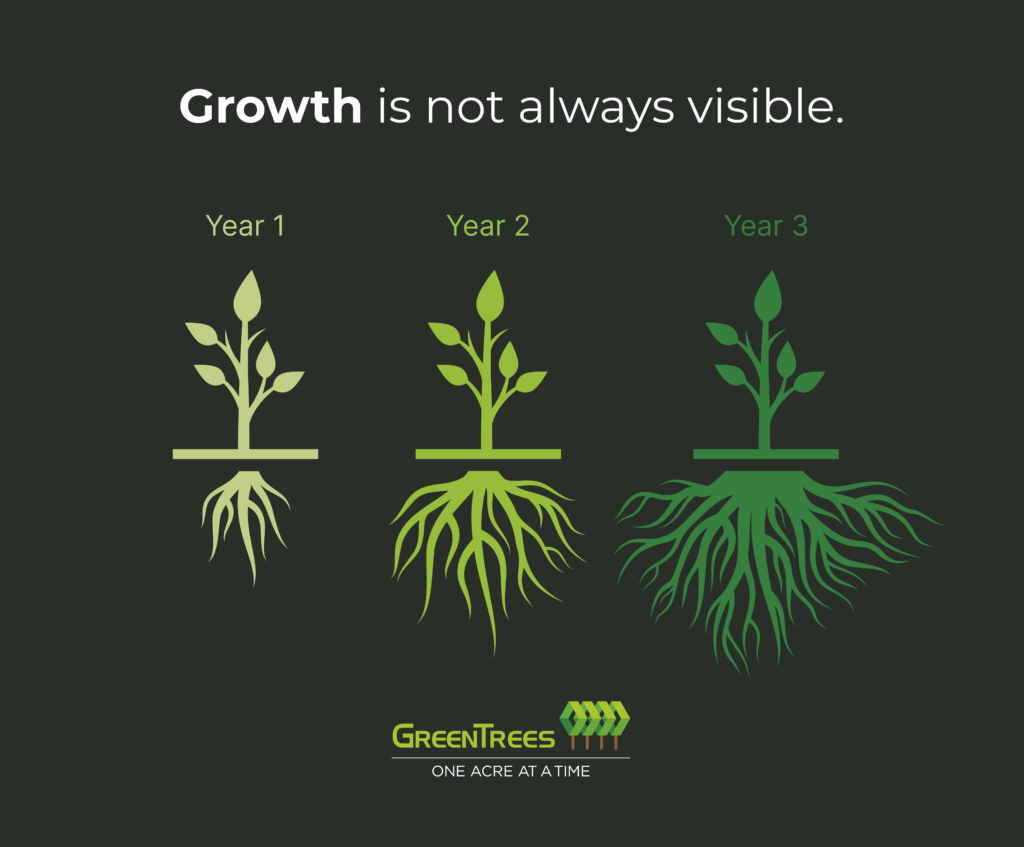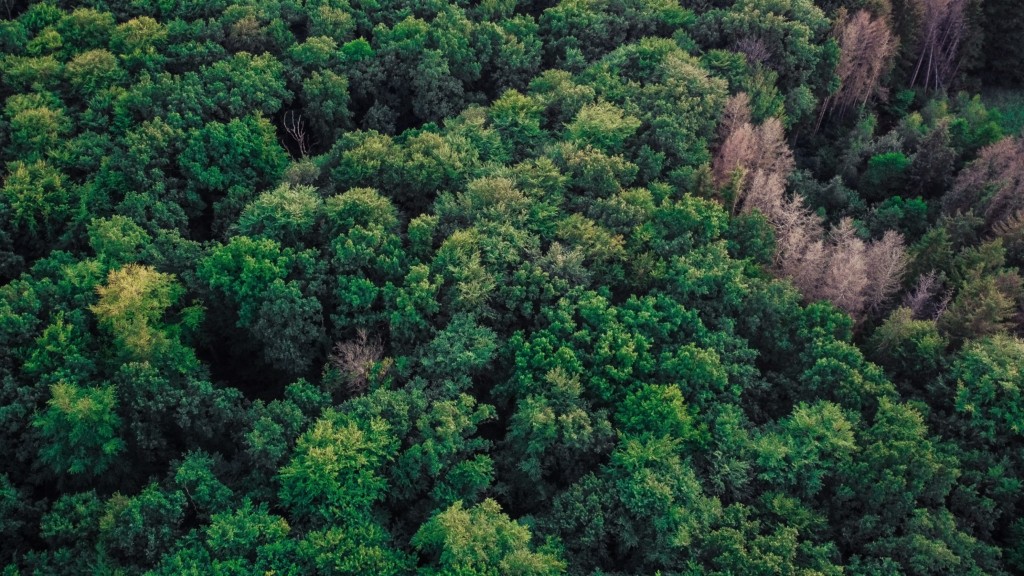Discover Keo Fish Farms in Arkansas, the beacon of sustainable aquaculture under GM Seth Summerside. Committing 25% of its land to GreenTrees reforestation, it stands as a testament to environmental responsibility and innovation in the heart of Keo. Join us in exploring a business harmonizing industry with nature.
Landscapes that make for productive carbon capture are often former marginal farmlands whose owners, once they’ve learned about the potential for earning regular payments for watching trees grow, are eager to ditch the conventional crops that make up so much of the Mississippi Delta’s thriving agricultural trade in favor of stately hardwoods planted for CO2 retention. But farming and carbon capture are often intertwined, with lines of fresh oak trees soaring skyward alongside miles of monocultural cropland. And the crops themselves don’t necessarily have to consist of the usual crops; they don’t even have to be plants.
Seth Summerside is General Manager of Keo Fish Farms, Inc., outside the hamlet of Keo, Arkansas, about 20 miles southeast of Little Rock. The business claims to be the largest hybrid striped bass hatchery on Earth, producing 120 million fingerlings annually for stocking by commercial and sport fishermen. Keo Fish Farms is also among the top three largest producers in the United States of sterile triploid grass carp, used for vegetation control.

On this searing summer day, Summerside and I take a short walk around the property, which features more than 100 ponds for raising fish dispersed over 1,300 acres, stopping first at the burbling tanks stretched out across a roofed platform. I peered at the young bass within as they calmly swam against the slight current of oxygenated water. “Approximately half these fish will go into the recreational market, and the other half will go to farms that will grow the fish to be sold to the food-service industry,” Summerside told me. “We are a wholesaler. Our strategy is to sell them as small as possible so as not to compete with our customers.” The bass market has risen as people begin to shrug off the pandemic and get into the woods and on the water again. A few tanks down swam genetically modified grass carp, a native of East Asia which is valued for its capacity for vegetation control and are generally sold to localities. “We’ve got 37 vats that we use to prep fish before they’re sold,” Summerside said, “with the bottleneck being the filtration process from local wells.”
Related Post: Honey Brake Lodge: The Greatest Thing for Wildlife in Louisiana I’ve Ever Seen
We strolled out to the stocking ponds, large squarish excavations bounded by dirt roads and ranks of hardwood trees. Each pond had an oxygenator and was approximately three feet deep; the small bass feed largely on natural insects, while the young carp graze on vegetation in the ponds. “We’ve committed approximately twenty-five percent of our property to being forested or reforested through GreenTrees,” Summerside noted. I asked him about how healthy forested areas contribute to his business. “It’s pretty simple,” he said. “The more trees you have, the cleaner the water and soil will be, which means our fish are going to be healthier and make better earnings for us. That certainly helps justify a quarter of your fish farm being forested!” But reproducing a functioning ecosystem does come with its issues; Summerside said that Keo Fish Farms loses about a quarter-million dollars annually from hungry wading birds like great blue herons and great egrets. But the benefits, I was advised, outweigh the costs.

Like most all the GreenTrees clients I’ve interviewed, Summerside said it took a trusted friend, a guy named Dow Brantley, who has been involved with GreenTrees for over 5 years, for Keo Fish Farms to finally bite the bullet on what seemed like an impossible deal: making money by planting hardwoods. “It almost sounded too good to be true, but they delivered on everything they said they would.”
Another GreenTrees supporter is the co-owner of Keo Fish Farms, Inc. Summerside’s father-in-law and mentor Mike Freeze. Freeze is a noted conservationist and past president of the National Aquaculture Association, the American Fish Farmers Federation, and the Striped Bass Growers Association. He also serves as the current Vice President of Arkansas Farm Bureau.
When a pond’s fish have been netted out by a team of five to six workers, the cavity is drained to prevent algae accumulation, and then the marl at the pond floor is worked over and plowed into the ground as nutrient rich fertilizer that will soon be filled with well and rainwater to restart the process. Summerside emphasizes that the triploid grass carp, a potentially hazardous invader of some local aquatic ecosystems, are individually tested to confirm their genetically engineered sterility, with regular audits by the U.S. Fish & Wildlife Service, with findings of fertile carp resulting in monetary fines.

“When you’re farming, you’re creating something, and to be successful, sustainability needs to be at the foundation of your operation,” Summerside said as we walked back to the office building. “Aquaculture is one of the most efficient converters of natural resources to protein, thereby making it the protein of the future.” And through their relationship with GreenTrees, this fish farm is proving that agriculture can not only be deeply rooted, but enticingly scaled as well.





